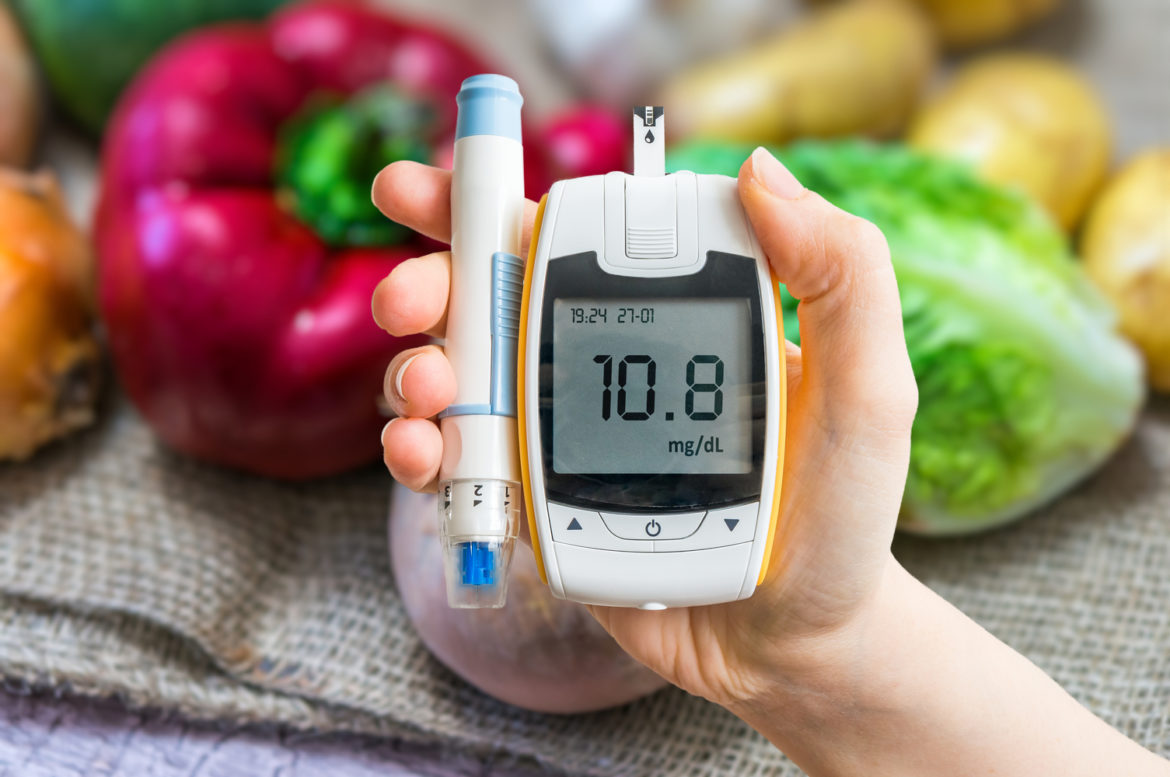Diabetes is a life-long disease that is characterized by high blood sugar levels over a prolonged period of time. It can be caused due to the pancreas failing to produce enough insulin or due to insulin resistance in which cells fail to respond to insulin properly. Diagnosing diabetes early can help effectively manage its symptoms and prevent further health complications and damage to vital organs.
Here Are a Few Early Signs of Diabetes to Keep an Eye out For:
Hunger and Fatigue
Diabetes results in lower insulin levels or an inability of cells to use insulin, which prevents glucose from entering into the cells. This can lead to feeling fatigued and increased hunger:
Excess Urination and Thirst
Due to high blood sugar levels, your kidneys are not able to absorb the excess glucose from the blood and produce more urine, leading to excess urination. This, in turn, can lead to excessive thirst and in some cases result in dehydration causing itchy skin or a dry mouth.
Blurred Vision
The changes in the fluid and electrolyte levels in your body can cause swelling in the lenses in your eyes, leading to blurred vision.
Type 2 Diabetes Is Characterized by The Body Developing Insulin Resistance. Symptoms Specific to It Include:
Yeast Infections
With continuously high levels of blood sugars, yeast infections can be a common occurrence as yeast feeds on glucose. They can take place in any warm, moist fold of skin.
Slower Healing
Higher glucose also affects blood flow and can cause nerve damage. This, in turn, slows down the rate at which your body heals wounds. And can cause pain and numbness in your extremities.
Type 1 Diabetes Is Characterized by The Pancreas Being Unable to Produce Insulin. Symptoms Specific to It Include:
Rapid Weight Loss
As glucose is not able to enter your cells, you may lose weight at a rapid pace, with your body burning fat and muscle for energy.
Nausea and Vomiting
This fat-burning phenomenon can lead to increased ketone production which can accumulate to lead to a life-threatening condition called diabetic ketoacidosis. Ketones in the blood can also make you feel nauseous.
When looking for early signs of diabetes, two critical conditions to watch out for are Hypoglycemia (low blood sugar) and Hypoglycemia (high blood sugar). Hypoglycemia is characterized by feeling lightheaded, weak, sleepy, disoriented, and feeling sweaty or clammy. Hyperglycemia is usually accompanied by heavy third, numbness, fatigue, and increased hunger.

